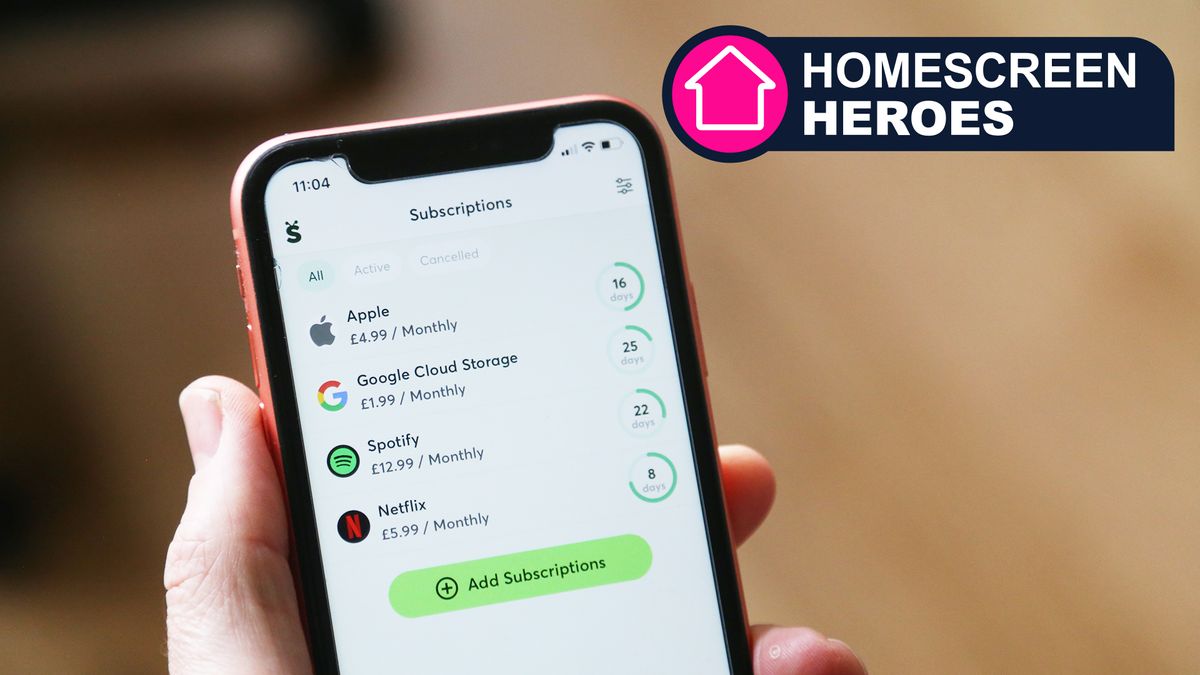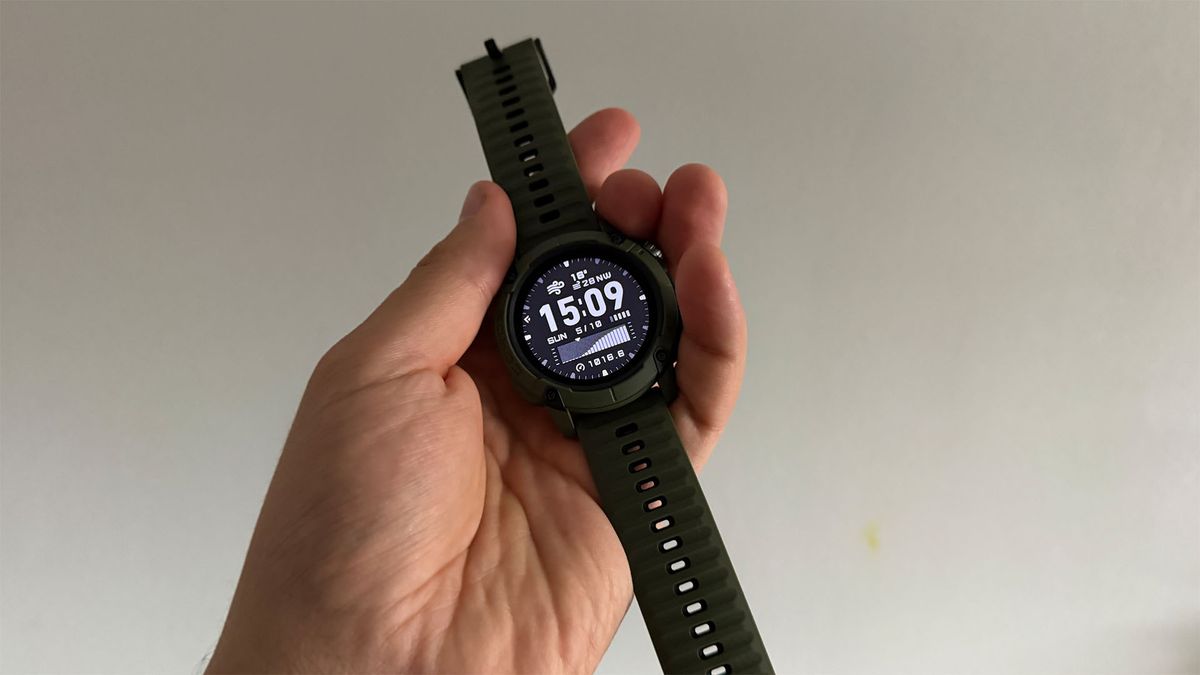Compare Our Picks
Swimming headphones might look like regular headphones, but there are design traits that make them more suited to being dunked in a pool or lake. The key thing is that they offer more waterproofing than other sporty headphones. While other water-resistant designs offer some protection, it's more along the level of defense against sweat or getting caught in a rain shower.
Swimming headphones require a step up. IP68 and IP69 ratings are the highest level of protection and the most common with swimming headphones.
A waterproof design influences other aspects. For example, it will have physical buttons, rather than touch ones, that are easier to operate in water. It also has an impact on the charging setup. Most swimming headphones have a proprietary charger, as it's challenging to make a seal strong enough to protect a USB or USB-C charging port. Be prepared to add yet another charger to your life.
How Do Swimming Headphones Play Music?
Most, if not all, swimming headphones play music through streaming audio files from a built-in music player. Some also offer the option of streaming over Bluetooth, which is mainly present to make the headphones more useful when you’re back on dry land. You have to store files on the headphones themselves, because Bluetooth and water don’t really mix. The frequency on which Bluetooth operates is absorbed by water, which in turn impacts signal strength. If you've ever attempted to stream music with swimming headphones, this is why you probably got regular connection dropouts.
You will typically be able to send music to your headphones by using the same cable that you use to charge it. You will have to plug it into your computer to send files to your headphones, unless the headphones offer the ability to sync files from a companion smartphone app.
You’ll then need to drag and drop audio files into folders; audio file format support can vary by headphone. Make sure you check which formats the headphones support before you hit the Buy button! To use swimming headphones, you should already own audio or be able to download it legally. This could apply to some podcasts and audiobooks.
Can swimming headphones let you play music from streaming services like Spotify? Well, not really, That’s because most audio on streaming services is protected by DRM (digital rights management). Some headphones do offer some workarounds, with some solutions working better than others.
Power up with unlimited access to WIRED. Get best-in-class reporting and exclusive subscriber content that's too important to ignore. Subscribe Today.

 2 months ago
20
2 months ago
20







 English (US) ·
English (US) ·